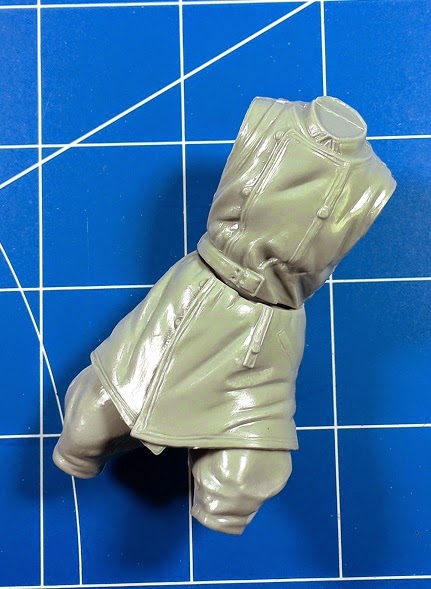Subject: British Ordnance QF 25 Pounder Field Gun
Location: London an Edinburgh, UK, 2013.
Comments:The 25-pounder was the main field artillery weapon used by British Commonwealth and colonial infantry and armoured divisions of all types during the Second World War. Throughout the war each British-pattern infantry division was established with 72 25-pounders, in three field artillery regiments (battalions). Armoured divisions eventually were standardised with two field artillery regiments, one of which was self-propelled (see below). Before mid-1940 each regiment had two batteries (companies) of twelve guns; after that date regiments changed to batteries of eight guns and added a third battery, a process that was not completed until early 1943. In the late 1950s, the British Army reverted to batteries of six guns. Field artillery regiments had two batteries of 25-pounders and one of 5.5 inch guns. The early 18- and 25-pounders had been towed in the field by the Light Dragon, a tracked vehicle derived from a light tank, and the Morris CDSW. Throughout most of the Second World War the 25-pounder was normally towed, with its limber, behind a 4x4 Field Artillery Tractor called a "Quad". These were manufactured by Morris, Guy and Karrier in England, and, in greater numbers, by Ford and Chevrolet in Canada. In the 1950s, the British Army replaced the various "Quads" with a new Bedford 3-ton gun tower fitted with a specialist body. In 1941, the British Army improvised a self-propelled 25-pounder named the Bishop, on the chassis of the Valentine tank. This mount was unsatisfactory and was replaced in 1942 by the American M7 Priest. However, this complicated the supply of ammunition in the field, and was replaced in 1944 by the Sexton, which was designed and mostly manufactured in Canada (some 2/3 of ordnances and mountings were imported from the UK due to limited Canadian production capacity) and mounted the 25-pounder on a Ram or Grizzly tank chassis. By World War II standards, the 25-pounder had a smaller calibre and lower shell-weight than many other field-artillery weapons, although it had longer range than most. (Most forces had entered the war with even smaller 75 mm (3.0 in) designs but had quickly moved to 105 mm (4.1 in) and larger weapons.) It was designed for the British practice of suppressive (neutralising) fire, not destructive fire that had proved illusory in the early years of World War I. Nevertheless the 25-pounder was considered by all to be one of the best artillery pieces in use. The effects caused by the gun (and the speed at which the British artillery control system could respond) in the North-West Europe Campaign of 1944–1945 made many German soldiers believe that the British had secretly deployed an automatic 25-pounder. In UK service most guns were replaced by the 105mm Abbot and some by the Oto Melara 105mm Pack Howitzer and the remainder by the 105mm L118 Light Gun. The last British military unit to fire the 25-pounder in its field role (as opposed to ceremonial use) was the Gun Troop of the Honourable Artillery Company on Salisbury Plain in 1992.

















































